It’s not your imagination: More sea turtles than ever are hanging out in L.A.
- Share via
- Share via
In the 1950 movie “Harvey,” James Stewart befriends a 6-foot rabbit no one else can see. The invisible hare came to mind when my colleague Steven Banks described a sighting he had while kayaking at night in the waters off Marina del Rey.
“I see plenty of trash, I see tennis balls, I see paper bags and sippy cups. ... I look down and think, ‘Oh, a plastic bag — with flippers. Flippers?’ I look again and about 4 feet under the water is a sea turtle. I just went past it and thought, ‘Wow.’ ”
Banks confirmed his sighting was no Harvey on Feb. 16 when he paddled near the same spot in Marina del Rey, this time during daylight hours, and saw a green turtle bobbing its head above the water, exhaling spurts of water and then ducking underneath his kayak. This time he caught the creature on video. (You can see the video in the web version of the newsletter.)
Endangered Eastern Pacific green sea turtles (Chelonia mydas), which nest and mate on sandy beaches in central Mexico, have been showing up more and more in the waters of San Diego Bay, La Jolla Cove and Marina del Rey. A well-monitored colony has been thriving at the end of the San Gabriel River in the Long Beach-Seal Beach area since about 2008. Last week came reports of a sea turtle off Encinitas.
“While once rare, we have had a handful of dead [turtles] and alive sightings reported in the Santa Monica Bay area in the last few years,” said Justin Greenman of the National Oceanographic and Atmospheric Administration Fisheries.
A 2021 research article by marine experts said turtles had “undergone substantial population recovery over the last two decades owing to holistic protection at nesting beaches and foraging areas. At the northern end of their range in Southern California ... green turtles have been seen in more areas and in greater numbers since 2014 than before as a result.”
Why are these tropical creatures hanging out here? Mostly to forage and eat. NOAA and organizations like Heal the Bay work to keep the Southern California shoreline healthy. “What green sea turtles need is healthy near-shore habitat so they have something to feed on,” he said. “They’re feeding on algae and sea grasses that need fairly shallow water to grow.” Also, the turtles born on Mexico beaches seem to like warm water released from California power plants — and stayed even after plants closed.
The biggest threat to the turtles in places like Marina del Rey is getting injured or killed after being hit by a boat. Boaters simply may not even be aware of them, Greenman said. Other turtles may get hooked or tangled in fishing lines.
Here’s the quirky thing about these sea turtles: They forage in California, but females return to Mexico to mate and lay their eggs in the sand. They also possess “natal homing,” which means they have an innate ability to find and return to their birthplace. And as for being green? That’s likely a layer of fat that has turned green because of their diet.
One of the more reliable places to see turtles from land is along the San Gabriel River Bike Trail, where it ends in Long Beach. You can see heads popping up in the shallow waters along the path. What should you do if you see one in the wild? Report it here — and marvel at your good luck. “Count yourself as one of the lucky few who have gotten to see green sea turtles in the wild,” Greenman said. “It’s an amazing thing.”
4 things to do this week
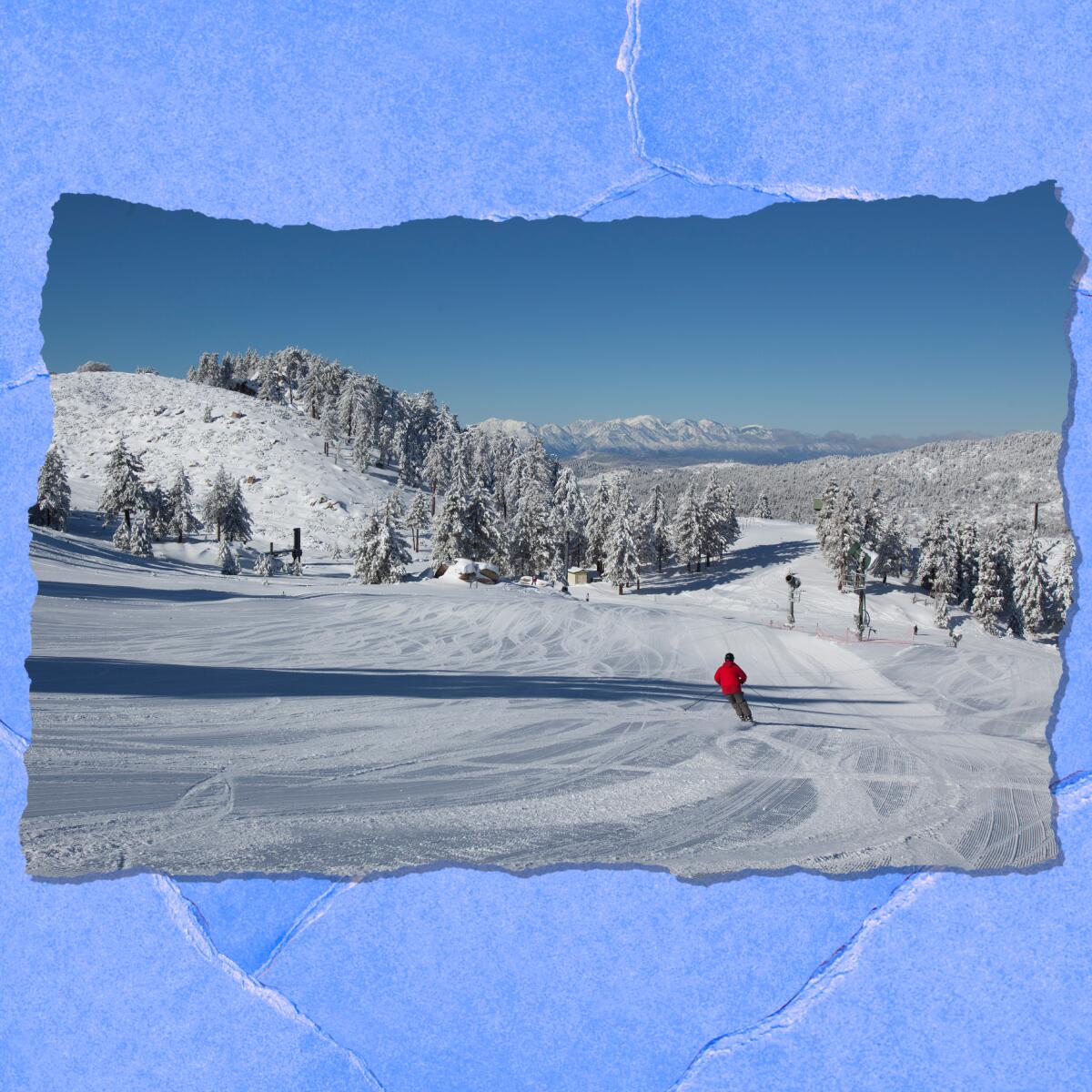
1. Interested in becoming a ski patroller? Here’s your chance to learn. Skiers and snowboarders who want to learn how to become certified ski patrollers should attend a free introduction event from 8 a.m. to 3:30 p.m. Saturday at Snow Valley Mountain Resort in Running Springs. You will be paired with a pro to patrol the slopes, learn how to handle a toboggan and practice rescues. There’s also a barbecue lunch where you can meet and chat with other patrollers. Candidates should be intermediate to advanced skiers/snowboarders, able to pull a loaded toboggan and willing to complete a 110-hour education program by the National Ski Patrol or comparable entity to receive certification.
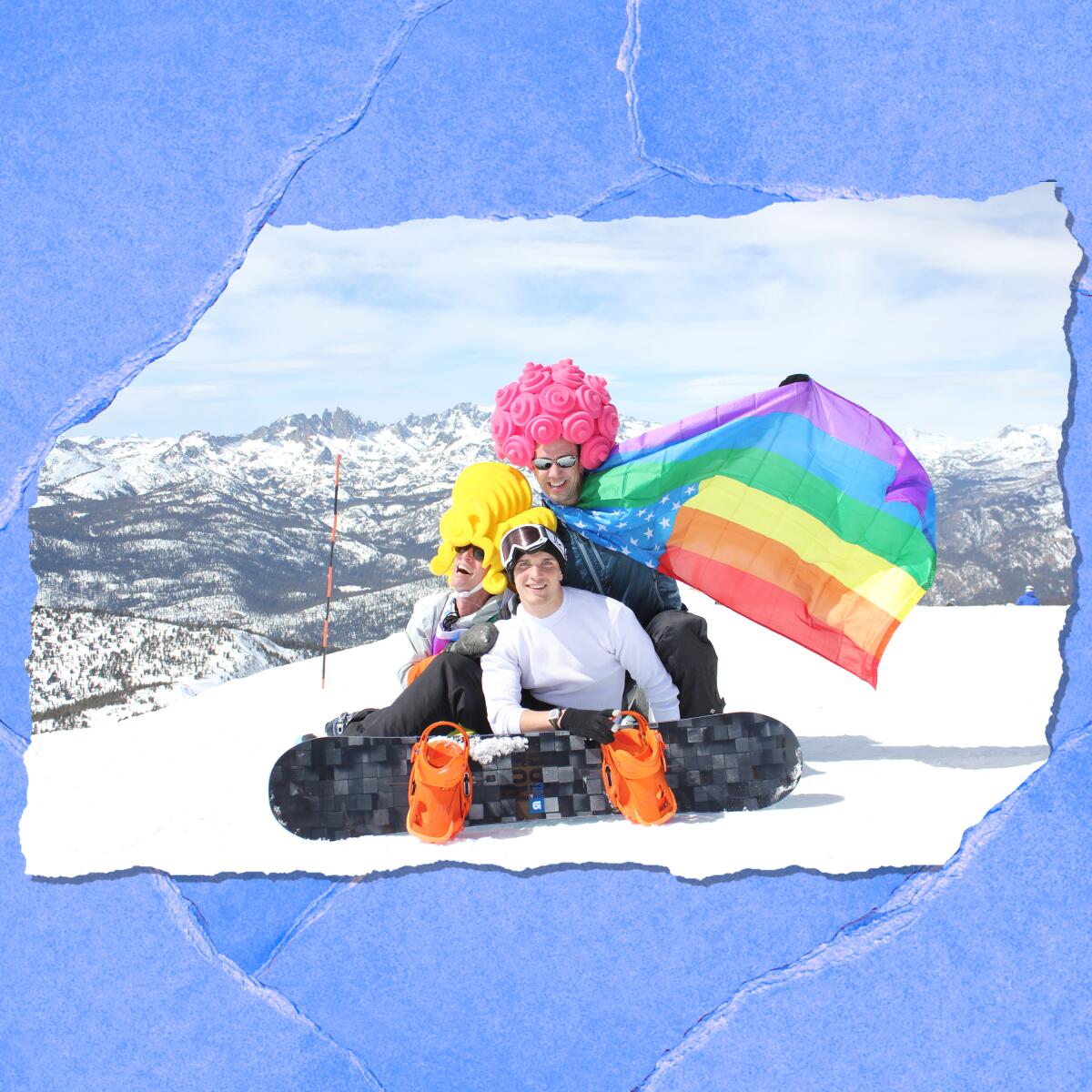
2. Embrace the rainbow slopes at ski resorts in March. Gay pride events usually take place during Pride Month in June. Not to feel left out, skiers and snowboarders get an early start in March to take advantage of snow sports at eastern Sierra resorts.
- Tom Whitman, an L.A.-based LGBTQ activist and former UCLA ski team member, organized his first Elevation: Mammoth event 20 years ago at the Mammoth Mountain Ski Area in Mammoth Lakes. It has been a success ever since, drawing about 2,500 participants annually. “It’s a celebration of diversity, it’s a celebration of something we all love — skiing and snowboarding — and a way to come together at a place that is gorgeous,” he said. Elevation: Mammoth will take place March 16-20 for daytime skiing and boarding plus 15 events, such as a comedy night, drag performances, a costume ski race, music with live DJs, wine tasting and other themed nights. Tickets cost $355 for a Platinum VIP pass to all events or $15 per event; lift tickets and accommodations cost extra; discounted Elevation lift tickets are available through noon March 14. Details here.
- Homewood Mountain Resort in the Lake Tahoe area will host a Rainbow Ridge Pride Parade (on the slopes, of course) that invites all to dress up and and join in on the two-mile Rainbow Ridge beginner trail at noon March 26. More events are planned during the four-day Pride Ride weekend, including dual slalom drag races from 1 to 3 p.m. March 26. Packages for three days include lift tickets, free rentals and a $100 food and beverage credit and start at $299 (accommodations are extra). More info at the Homewood site.
- By the way, LA Pride will move to Hollywood in June after a two-year hiatus because of COVID. The first LA Pride Parade in L.A. County set off from the corner of Hollywood Boulevard and Highland Avenue in June 1970.
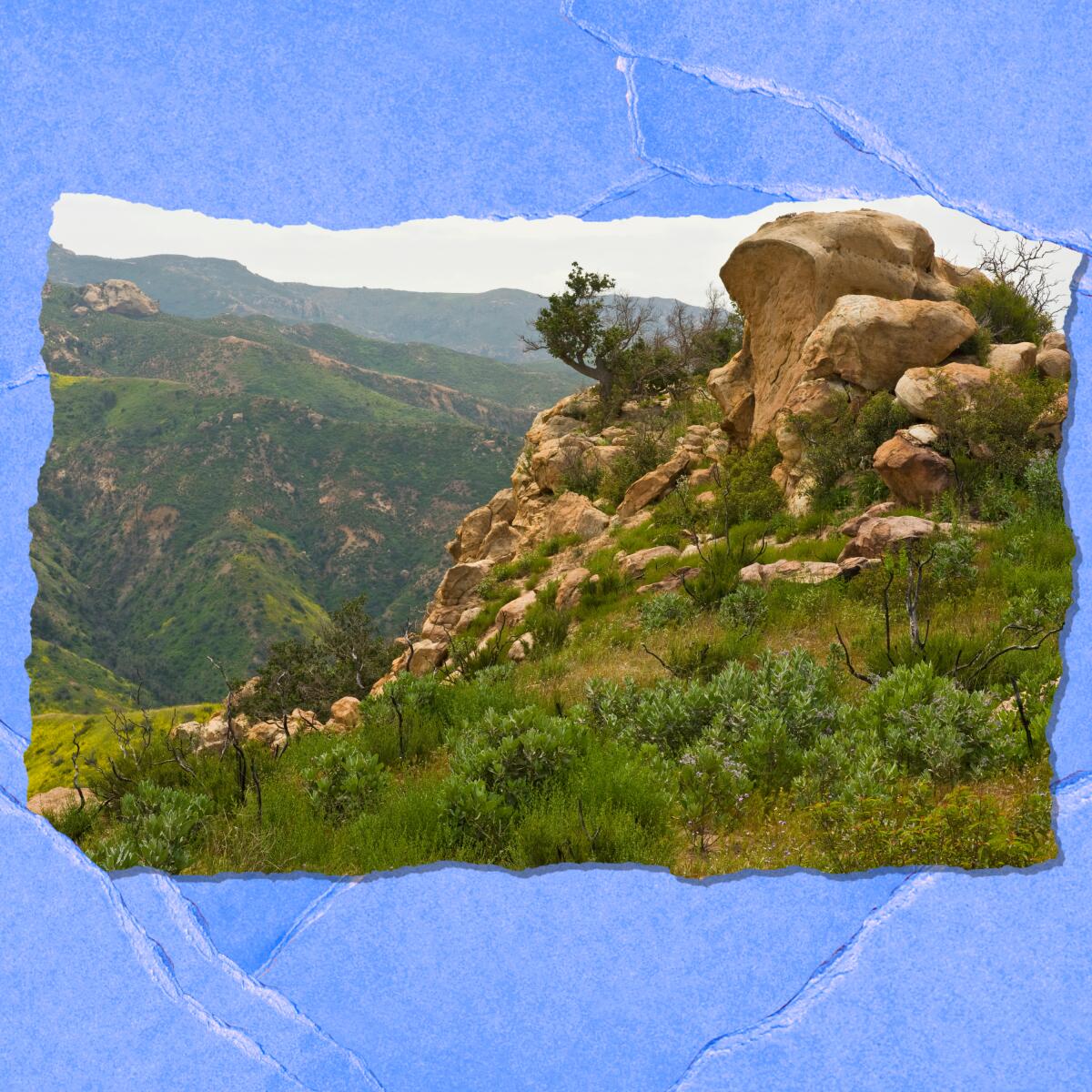
3. Discover spring on guided hikes at Orange County nature preserves. Take a hike with an O.C. Parks staffer on the Waterworks Trail in the Fremont Canyon Nature Preserve in Silverado from 8 to 10:30 a.m. March 11 . The hike follows the back of the Irvine Lake dam and crosses Santiago Creek in 3.5 miles. (This is a Level 3 hike; check fitness levels on the Irvine Ranch Natural Landmarks website.) Sign up in advance here. Also, take a guided hike in Bommer Canyon in Irvine from 8 to 10:30 a.m. March 12. There are great views of the city of Irvine along the Bommer Canyon East Fork and Ridge Route Loop, 3-plus miles. Register here.

4. Need a motivation boost? Come hear the onetime youngest person to scale the world’s Seven Summits. What a perfect event to kick off Women’s History Month in March: Samantha Larson from Long Beach will speak Sunday about her quest with her father to climb the Seven Summits, the world’s highest peaks on every continent, including 29,000-foot Mt. Everest. She once held the title as the youngest person to do so when she notched her last peak at age 18 in 2007; her record has since been broken by Jordan Romero of Redlands, who stood atop Mt. Everest at age 13. Larson, now 33 and a science-environmental writer, will speak about her mountaineering adventure that began when she was 12. Tickets cost $30 ($20 for members) at the Bowers Museum in Santa Ana. Don’t miss the museum’s exhibit about early Everest ascents, through Aug. 28. Buy tickets here.
Frozen
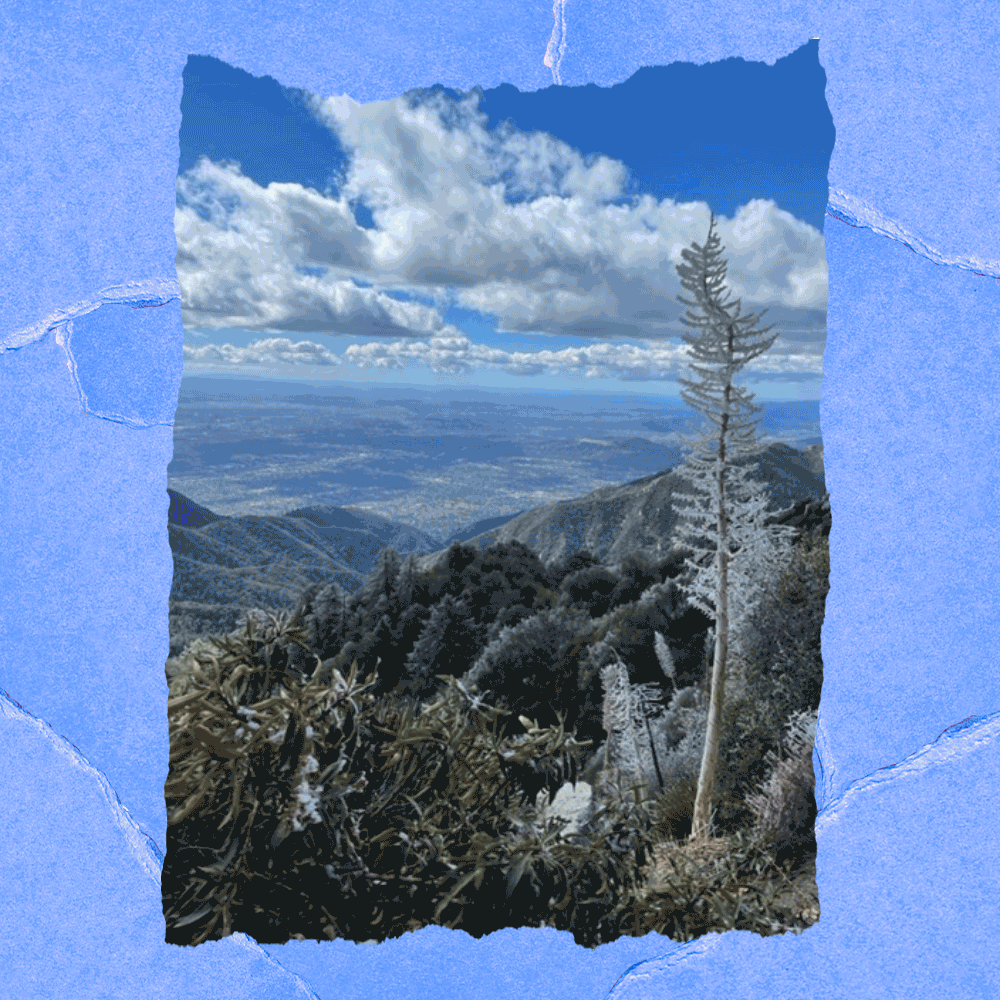
Temperatures have warmed up this week. Things were very different last week during winter’s coldest storm. The 5 Freeway through the Grapevine was closed for about five hours because of snow and ice on Feb. 23, the same day I decided to hike up the wide Mt. Wilson Toll Road from Pinecrest Drive in Altadena. The last mile and a half to the top revealed a landscape I didn’t recognize: radio towers as well as greenery including yucca and shrub oaks coated in ice. It was cold (for Southern California) — in the high 30s. As the day warmed slightly around noon, wind blew ice coatings everywhere. I am sharing the views near the 5,713-foot summit.
The must-read

What if you could eat a creature to stop it from destroying California’s kelp forests? Yep, purple urchins, aka zombie urchins, have been devastating California’s coastal flora for years. “In a healthy ecosystem, the threshold for purple urchins is two per square meter,” Norah Eddy, associate director of the Nature Conservancy’s California Oceans Program, said in this L.A. Times story. “What we are seeing in practice on the North Coast is 60 to 100 times that.” Now aquaculture and capture fisheries may be vital to changing zombie urchins into buttery uni, or urchin roe, a Japanese delicacy made not from the creature’s eggs but from its reproductive parts. And urchin ranching in key areas, namely the North Coast from San Francisco Bay to the Oregon border, could keep the marine life in check and help kelp recover.
The red flag

How fast can invasive borer beetles destroy a tree? “I’ve seen them kill trees in six months,” Gabe Verduzco said in this L.A. Times story. The Dana Point research associate for the University of California Cooperative Extension’s Agriculture and Natural Resources division is an avid gardener and surfer. He’s also a fan of native plants who writes at #GardenBros. Now he looks for infestations of the “invasive shothole borer and the goldspotted oak borer (aka GSOB) — rice-size beetles that have killed many thousands of Southern California oaks, sycamores, willows and other trees since they were discovered here less than 20 years ago,” the story said. The borers have no natural predators and threaten native and planted trees alike.

How can you protect your own trees? First you have to examine them and know what type of damage to look for. And know this: It’s not a good idea to spray insecticides to prevent infestation. This L.A. Times article tells you everything you need to know to protect trees from invasive borers.
P.S.
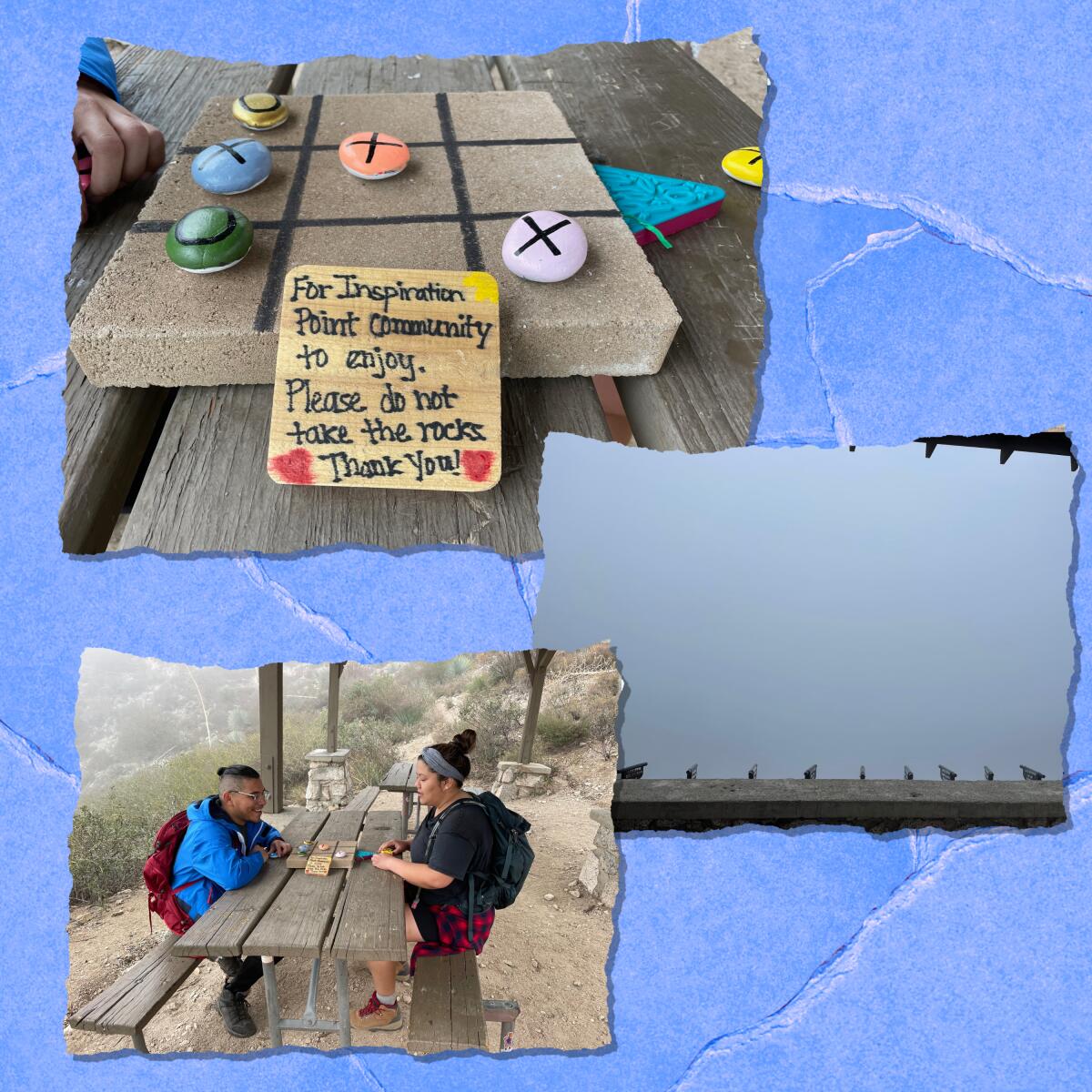
On a recent hike to Inspiration Point, above Echo Mountain in the San Gabriel Mountains, there was nothing to look at because fog had obliterated the views. Instead I watched David Beteran and Atziry Aceves, both of Los Angeles, play tic-tac-toe on a custom gameboard with rock-solid pieces. They had hiked up there, too, and seemed pleased to be gaming, old school. Anyone can play — just don’t walk off with the rocks.
Enjoying this newsletter? Consider subscribing to the Los Angeles Times
Your support helps us deliver the news that matters most. Become a subscriber.
Send us your thoughts
Share anything that’s on your mind. The Wild is written for you and delivered to your inbox for free. Drop us a line at [email protected].
Click to view the web version of this newsletter and share it with others, and sign up to have it sent weekly to your inbox. I’m Mary Forgione, and I write The Wild. I’ve been exploring trails and open spaces in Southern California for four decades.

Sign up for The Wild
We’ll help you find the best places to hike, bike and run, as well as the perfect silent spots for meditation and yoga.
You may occasionally receive promotional content from the Los Angeles Times.





